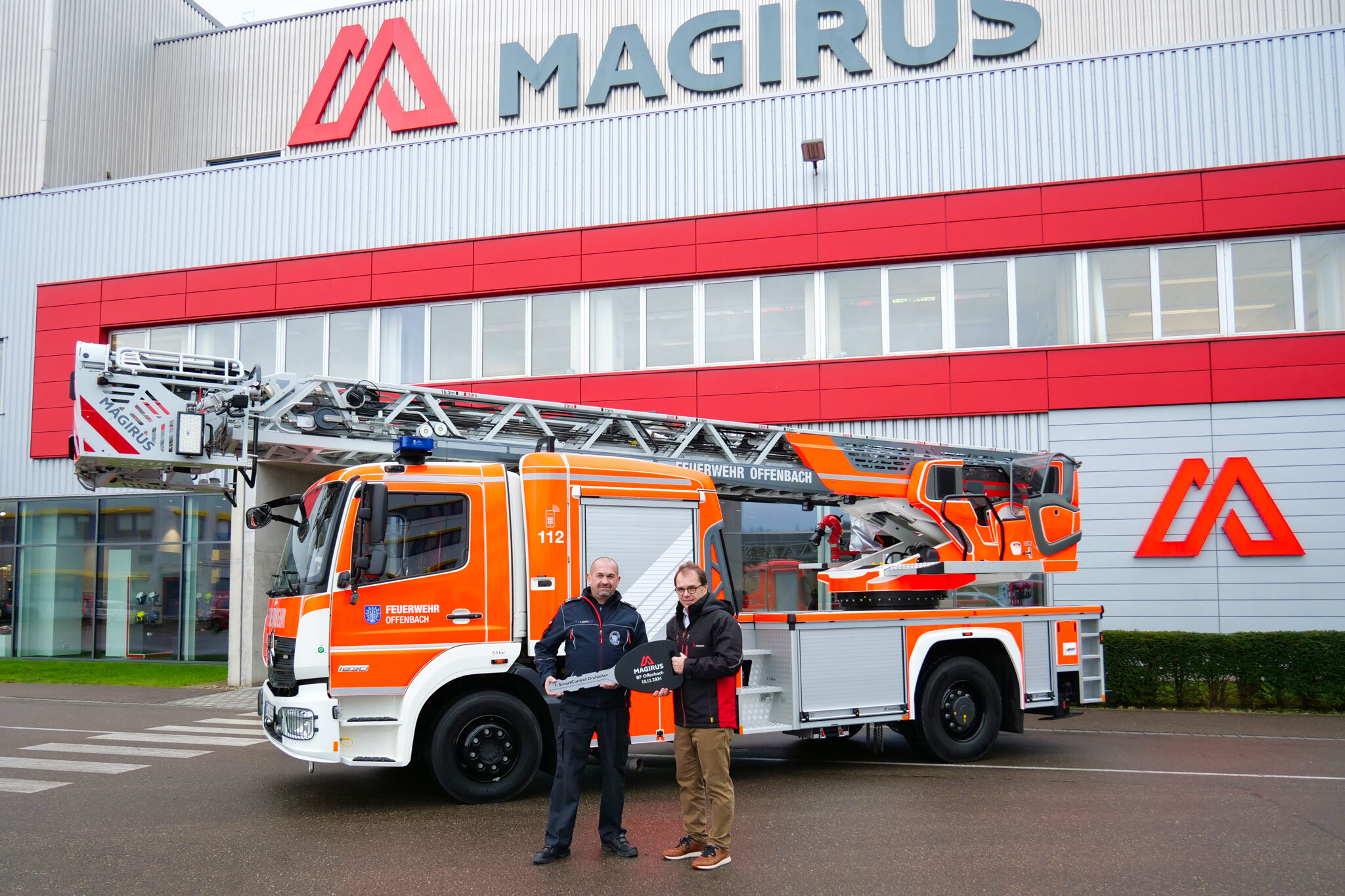 By Ray Mccormack
By Ray Mccormack
Winning fires with water is based on several key factors such as: the amount of water brought to the battle, from supply volume to actual usage volume, to proper targeting of each individual water stream, and the selective placement of streams for maximum coverage and timely extinguishment. Firefighting is war. To win our individual daily battles, we must strategise on which tactics will safely and effectively give us the upper hand against the enemy. We can have multiple streams in operation, but if they are missing the target, we are loosing the battle. We must use our primary attack tool (water) effectively in both the advanced tacticalmode and in offensive/defensive platforms in order to win.
Water supply both upon arrival and after supplementation gives us a foundation and reserve for continuous operations. The higher the number of supply and supply methods used the higher our level of safety should be. Supply provided by only a single source no matter what the number (volume) is never as prudent as having multiple sources. All of our water sources should be maximised with total volume pulled surpassing need.
When we arrive with our pumpers, provide a static amount of water to initiate some type of fire operation. If you feel that your fire race is equal to 1,000 gallons then starting off with a pumperthat only contains 500 gallons can lead to a disappointing finish. We must be able to judge the effect of our actions prior to implementing them. A fire that requires thousands of gallons of water for extinguishment may be quickly reduced if the sweet spot is hit with those 500 gallons of water. These are judgment calls based on many factors; two of the leading contributors being urgency and growth potential.
Having a sustained water supply is one of the keys to an effective offensive/defensive operation. Many times our offensive water demand will later be dwarfed by the increased water supply demand of defensive operations. Defensive operations that switch from small handline suppression to appliance assisted suppression require a tremendous increase in water volume to work effectively. This transition time can allow for exponential fire spread. When larger handlines are used, this transfer works better because these lines double nicely as supply lines for appliances, thereby saving time and effort. Any appliance that can be feed from multiple supply lines with separate water sources allows for a fail safe(r) operation.
When we miss the target by not hitting the seat of the fire we have a problem. You can lob all the water you want at the fire but if it is not getting there it is a wasted effort. Many times we follow standards of line placement that embrace interior attack; when we move to defensive operations, hoseline placement considerations change. We must place stream
‘having a sustained water supply is one of the keys to an effective offensive/defensive operation.’
reach high on our list of priorities to keep us outside the collapse zone. Proper stream placement helps to prevent many things including collapse, due to reduced burn time and water/ absorption. Fires don’t exist in a vacuum; most times they leave behind a debris field for us to examine. If you are not standing on top of or amongst a pile of burned out rubb, then you may still have more work to do. An even bigger problem is when we think we have extinguished the fire and we have not. I once had this happen to me. Just as I reported “all visible fire knocked down” I knew I had spoken too soon. The IC quickly countered with “What about the fire blowing out the window into the shaft”? I replied “I haven’t gotten to the invisible fire yet!” We must make sure that we also understand volume. The volume of space contained within the fire compartment and the need for effective hoseline selection and a heightened awareness for usage. Compartment height is often a dimension that gets little consideration for its relationship to dramatic fire growth, and potential fireground emergencies. Water does a great job of extinguishment; it is up to us to know the correct amount to bring to the battle, to reinforce the battle and to win the battle. Redundancy and independence are the two foundational blocks of water supply that increase tactical safety on any fireground
Biography
Ray McCormack is a 27 year veteran of the FDNY and currently a Lieutenant with Ladder 28 in
Email Ray McCormack on firenymen@aol.com







